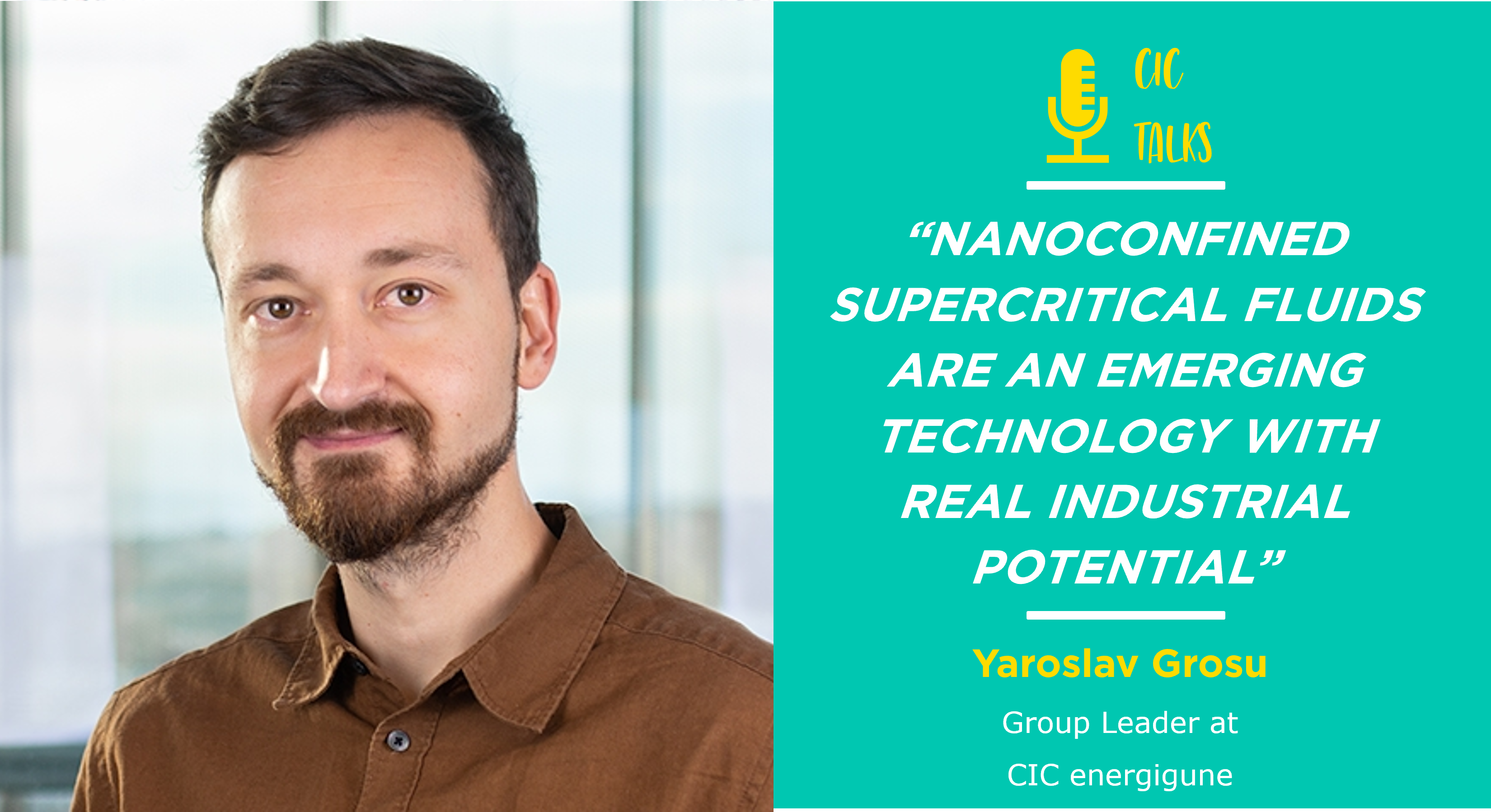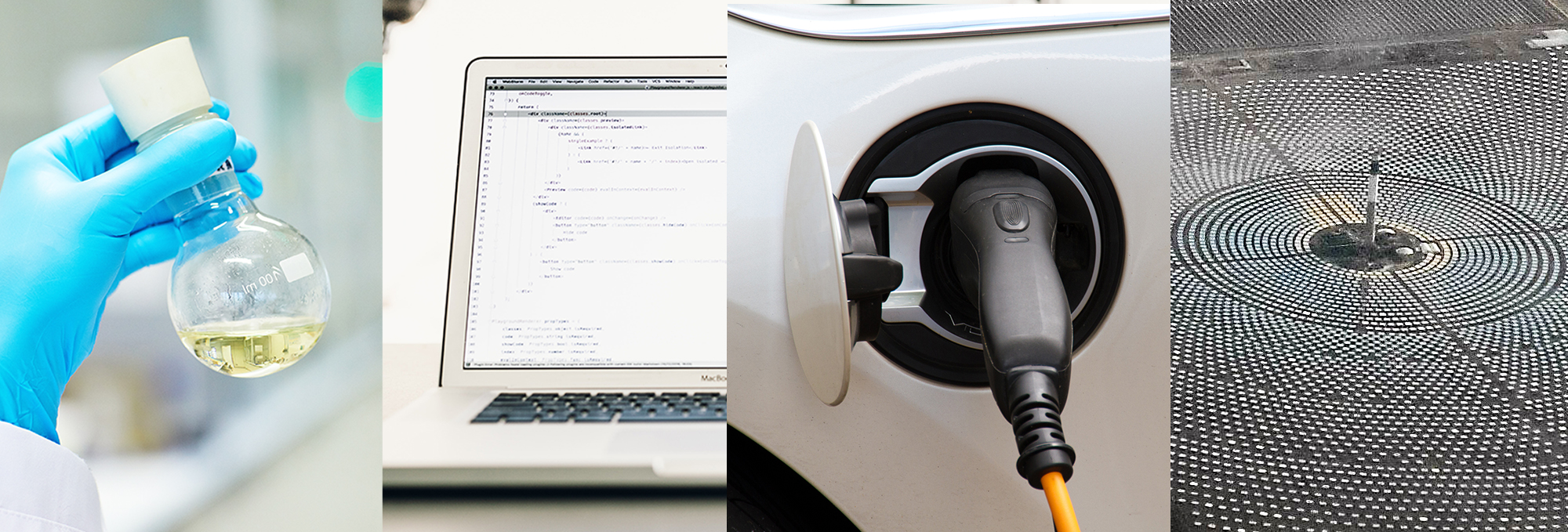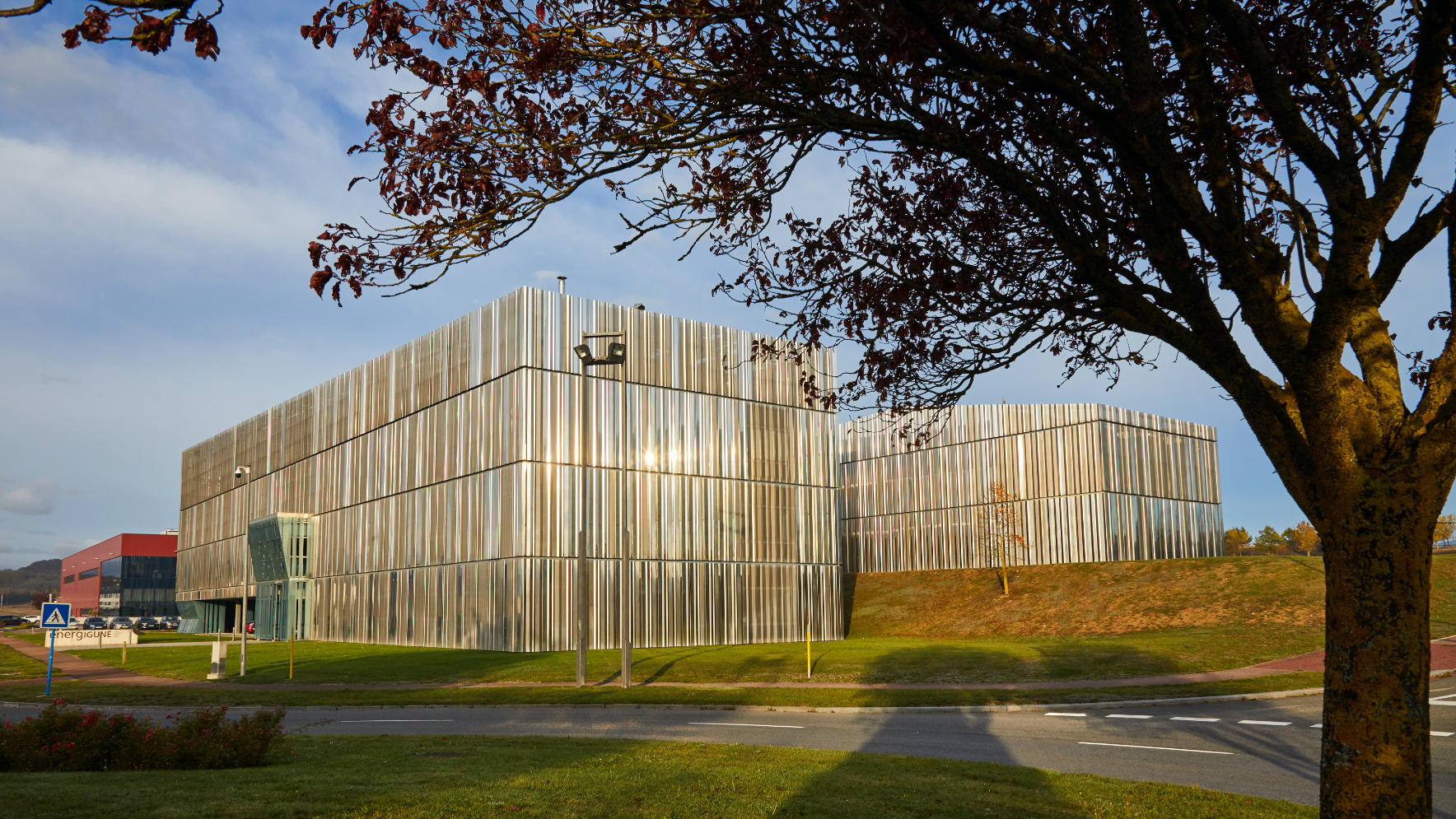

1º What are nanoconfined supercritical liquids and why are they so interesting for energy applications?
A supercritical liquid is a substance brought to such high pressure and temperature that it no longer exhibits distinct liquid or gas phases. Instead, it combines properties of both: like a gas, it can diffuse through solids and fill a container, and at the same time, like a liquid, it can dissolve materials and has significant density. The applicability of supercritical liquids is very broad: extraction, chromatography, chemical synthesis, nanoparticle production, supercritical drying, power generation, waste treatment, sterilization, enhanced oil recovery, carbon sequestration, desalination, polymer foaming, aerogel fabrication, thermal energy storage and industrial cleaning. A major limitation that prevents full supercritical fluids´ adoption by the market is high critical temperature and critical pressures – values that must be surpassed to reach a supercritical state.
Now, if you introduce that liquid into extremely small spaces—just a few nanometers wide—its behavior changes even more, most importantly, lowering the critical temperature and most likely critical pressure. We have recently discovered that highly hydrophobic nanoconfinement can bring the critical temperature of water to record-low values of ~ 100○C [].
2º What advantages does this technology offer compared to more traditional ones?
The use of supercritical liquids for thermal energy storage and chemical reactions has attracted research interest for some time. However, their high critical temperature and pressure have hindered commercial adoption. We believe that hydrophobic nanoconfinement can overcome these limitations and pave the way for market-ready applications of supercritical fluids.
The main advantage is energy density. These systems can store a lot of energy in a small volume, with great stability and without problems like leakage or expansion that come with materials undergoing solid–liquid transitions.
In chemical applications, the confined environment changes how molecules behave: they react faster, more selectively, or with less energy input. This could be a game-changer in industrial processes that are currently inefficient or energy-intensive.
3º What real-world applications could benefit from this technology?
In energy systems, these materials could be used to store heat in industrial processes or manage thermal energy in solar thermal systems, where compact, efficient thermal storage is key.
In chemical processing, they could power smaller and more efficient reactors, especially useful for companies looking to cut energy use or improve process control. There’s also strong potential in CO₂ capture and conversion, where the supercritical fluid can act as both a reaction medium and transport phase.
4º Are companies or industry showing interest in this alternative?
Yes, increasingly so. Many companies—especially in the chemical and energy sectors—are actively looking for ways to optimize processes and reduce operational costs and emissions. While the concept of nanoconfined supercritical fluids is still emerging, it sparks strong interest because of its potential to enhance existing technologies without needing to reinvent entire infrastructures.
In recent years, we’ve had conversations and collaborations with companies exploring compact thermal systems or looking to improve reaction control. Once we explain the benefits of nanoscale confinement, their reaction is typically very positive. It’s an innovative concept with real industrial promise—especially if we can prove it at scale.
5º What challenges remain before this technology reaches the market?
The main challenge lies in understanding the thermophysical properties of supercritical fluids confined within hydrophobic nanopores. For instance, do they exhibit pseudoboiling behavior and support the same chemical reactions as their bulk, non-confined counterparts?
Another challenge is scalability—producing porous materials at industrial scale, with stable performance and at a competitive cost. It’s also important to prove the system’s durability across repeated thermal cycles, and ensure pressure and temperature can be controlled safely in real-world conditions.
At CIC energiGUNE, we’re combining advanced modeling with lab testing to tackle these hurdles, working alongside industrial partners and exploring concrete use cases. This won’t hit the market tomorrow, but we’re laying the groundwork now.
6º What role can Europe—and research centers like CIC energiGUNE—play in leading this field?
Europe is pushing hard for cleaner, more efficient energy solutions, and this kind of technology fits perfectly with that mission. It’s still early days, which gives us a great opportunity to take a leadership role globally.
At CIC energiGUNE, we have the tools and expertise to make it happen—from simulations and material design to experimental validation. Our goal is simple: to ensure this research doesn’t stay in the lab, but becomes part of real systems that change the way we store and use thermal energy.

If you want to know the latest trends in energy storage and new developments in research, subscribe.

If you want to join a top-level team, collaborate with specialists in multiple disciplines or tell us about your concerns, don't think twice...